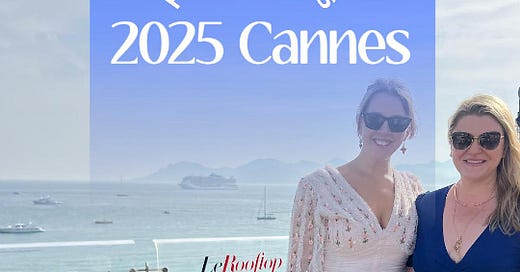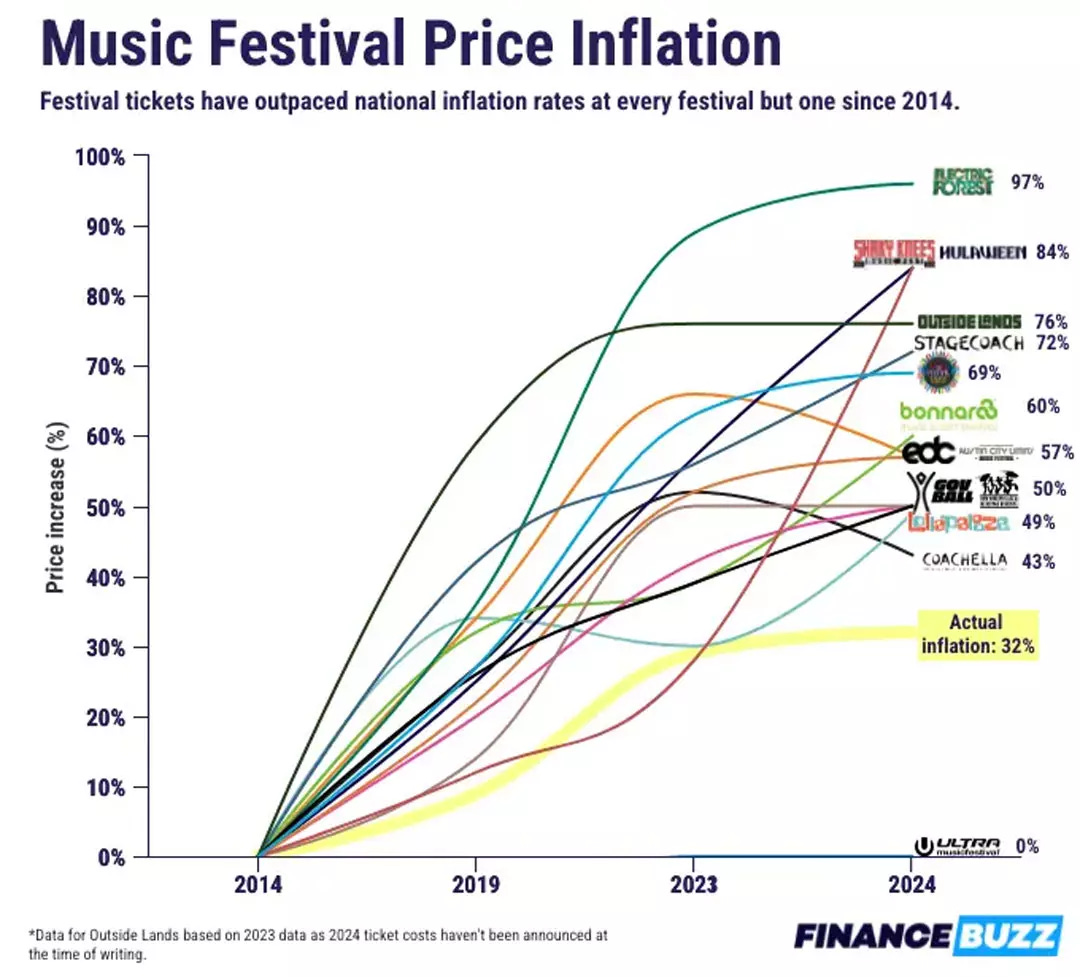Cannes 2025: The Serendipity Crisis That's Reshaping How Brands Connect
Why experiential marketing has become society's secret weapon—and the generation that needs it most is being priced out
After two months of conference hopping—from intimate gatherings of hundreds to sprawling events with thousands—I can't shake this feeling: We're living through a connection crisis, and experiential marketing might be our way out.
Just this week at Cannes, I found myself at dinner next to a French TikTok executive and her sister—what started as polite small talk turned into one of those wonderful, meandering conversations about the state of our futures and democracy. That serendipitous moment—the kind that happens when humans gather in physical space for a shared purpose—reminded me why brands need to stop thinking of experiential marketing as a nice-to-have and start treating it as essential infrastructure for society.
But here's what everyone misses: The most privileged among us—executives, leaders, decision-makers—get constant access to these transformative gathering experiences. Meanwhile, the generations who need them most are priced out entirely.
The Lost Generation of Connection
Our research with Quad reveals a stark contradiction. While 73% of Gen Z and Millennials say shopping at hyped retailers feels like "being part of a cultural moment," and 60% say waiting in line for these experiences is "part of the fun," these same young people are systematically excluded from most connection opportunities.
Our “America This Week” data tells the story of a generation in distress: 78% of Americans report needing a break from societal stress. At the same time, 6 in 10 singles say "dating is becoming an unaffordable luxury." When Gen Z haults dating because it's too expensive, and they're paying $25 for an Erewhon smoothie not for nutrition but for belonging, we're not just looking at an economic problem—we're witnessing the erosion of fundamental human experiences.
Yet the hunger for real connection is undeniable. A striking 78% of Americans would choose a completely in-person social life over a digital-only one, while 84% of Gen Z and Millennials value brands that seamlessly blend technology and physical experiences rather than replace them entirely. (Harris/Quad)
As someone who lived in NYC post-9/11, I recall when brands stepped up to help the city and its vibe come back together. From restaurants to hospitality hotspots, to big brands like Belvedere, Johnny Walker, Adidas, Nike, and countless others, young people were welcomed into spaces where marriages began, lifelong friendships formed, and entrepreneurial sparks became a reality. Those investments in human connection paid dividends for decades, not just in brand loyalty, but in the social fabric itself.
The Serendipity Premium
What struck me most at Cannes wasn't the rosé or the yacht parties—it was watching people discover the electricity of unexpected connections. The woman across from me, who was toggling between three chat platforms, suddenly looked up when someone mentioned a project she'd been working on. Within minutes, they'd moved from strangers to collaborators. That's the power of what I call "situational serendipity"—the magic that happens when you put humans in the same physical space with shared interests.
This isn't just anecdotal—87% of Americans say being "playful is important to my mental health," while 78% agree adults need more time to be playful. When people tell us waiting in line is "part of the fun," they're not just shopping—they're seeking community. They're willing to invest time (the most precious resource young people have) in experiences that promise human connection.
Four Ways Brands Can Lead the Connection Revolution
1. Democratize Access to Experience Stop making your best activations exclusive to influencers and industry insiders. Create tiered experiences where VIP access funds free community programming—book shop pop-ups, community art installations, skill-sharing gatherings.
2. Design for Serendipity Use AI not to eliminate human unpredictability, but to enhance it. Meta AI Ray-Ban's smart glasses at Cannes showed glimpses of this future—technology that helps you remember conversations and follow up on connections rather than replacing them. Or using AI tools as your assistant, as Dan Page says.
3. Think Beyond Your Brand The most powerful experiential campaigns don't put the brand at the center—they put human connection and a neighborhood of brand connections at the center. Your logo should be secondary to the vibe you create and the relationships people form in your space.
4. Measure Long-Term Relationship Value The ROI of experiential marketing isn't captured in quarterly reports. It's in the marriages, business partnerships, and communities that form. Track connection, not just conversion.
Why This Matters Now
When young people tell us they want to "play more" and seek "serendipity," they're not asking for entertainment—they're asking for hope. They're asking for spaces where chance encounters can change trajectories, where conversations over coffee can become collaborations, where waiting in line becomes part of the experience because it means you're part of something bigger.
With 81% of Americans saying digital detoxes should be routine, the message is clear: we need spaces that offer what screens cannot deliver. For marketers wondering where to invest in an uncertain economy, here's your answer: Invest in bringing people together. Not just the influential people, not just those who can afford premium experiences, but all people.
The connections formed at your activation today could become the business partnerships, marriages, and friendships that shape the next decade. And in a society feeling increasingly fractured, that's not just good marketing—it's good citizenship.
SIDE NOTE: Before anyone asks about the environmental impact of all this travel and gathering, it's incredibly important to consider that. However, there's a distinction between purposeful gatherings that foster lasting human connections and gratuitous travel for its own sake. The most sustainable future is one where we invest strategically in the kinds of in-person connections that generate long-term trust, collaboration, and community, reducing the need for countless other trips and meetings down the line.
3 Links
Travel is for the rich now (Brands can help —Business Insider)
Washington Post in talks with Substack about using its writers (Face of new media — Guardian)
Tired of dating apps? This touchy-feely singles mixer is unlike anything you’ve tried before (—Somatic Dating :). LATimes)
Curiosity is contagious; if you like this newsletter, please share it!!
Penned by Libby Rodney and Abbey Lunney, founders of the Thought Leadership Group at The Harris Poll. To learn more about the Thought Leadership Practice, just contact one of us or find out more here.







